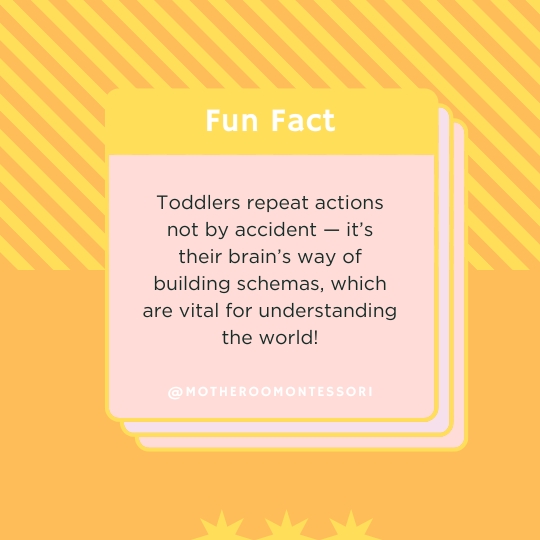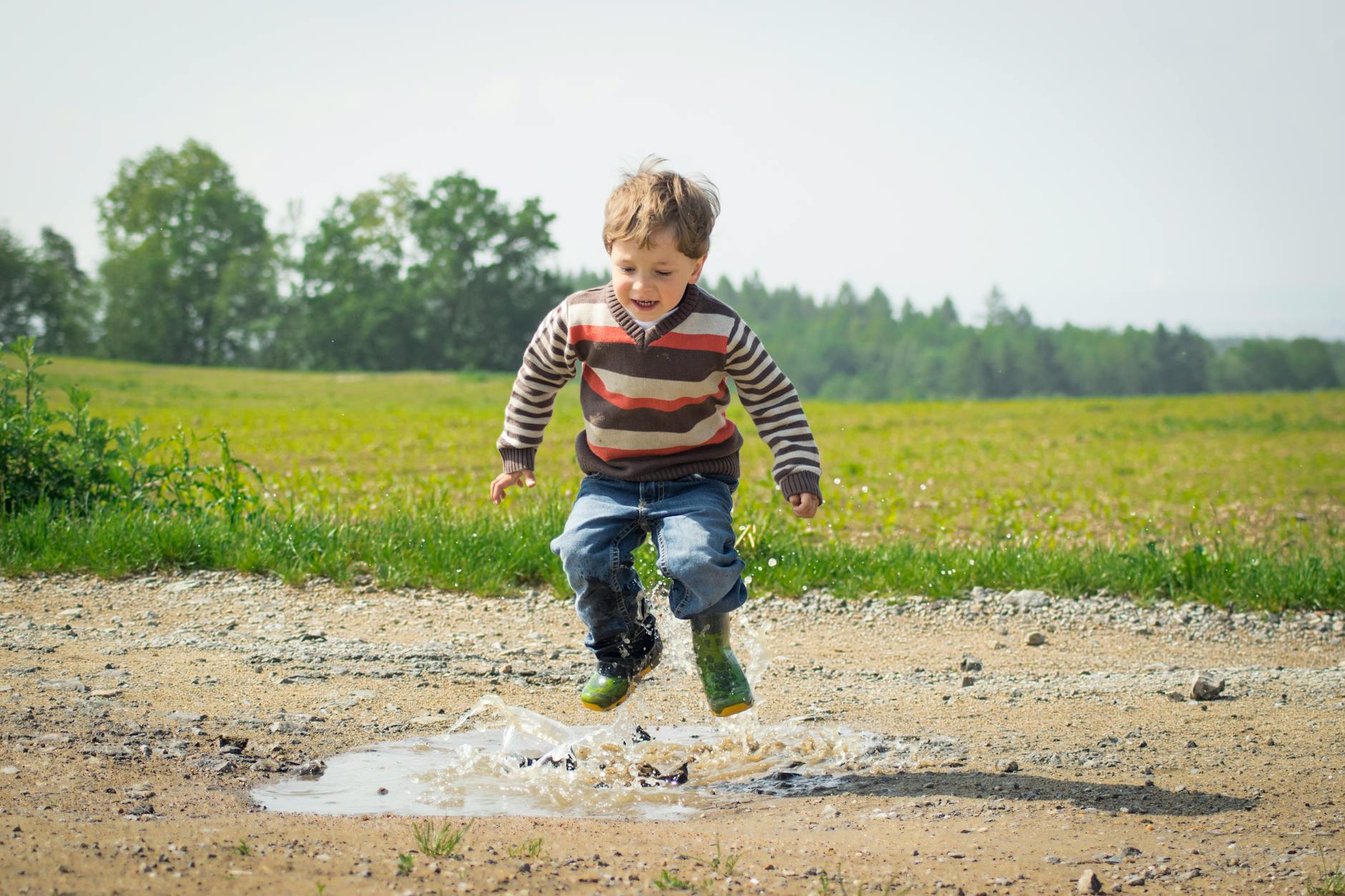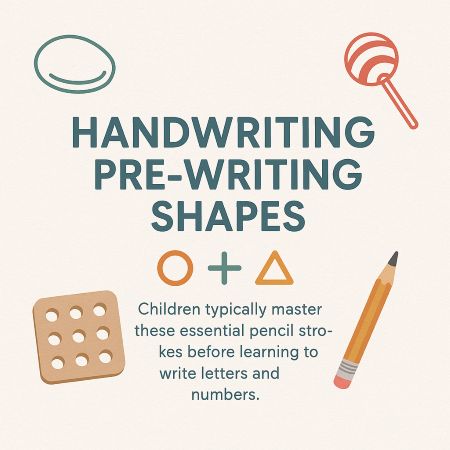Puzzles serve as powerful tools in early childhood development, offering structured opportunities to build cognitive, motor, and spatial skills. Grounded in Montessori principles and supported by developmental research, puzzle progression aligns with key milestones that reflect a child’s growing abilities. This article explores age-appropriate puzzle types and the scientific evidence explaining their suitability at each stage.
1. Object Permanence and Early Tactile Exploration (8–12 Months)
Puzzle Type: Egg-and-Cup, Ball-and-Cup, and Cube-and-Box Puzzles
These three-dimensional, tactile puzzles introduce infants to the concept of object permanence-the understanding that objects exist even when out of sight. Piaget’s foundational work on sensorimotor development highlights that infants begin reaching for hidden objects by 8–12 months, signaling the emergence of this cognitive milestone.
Scientific Basis:
- Object Permanence: Research shows that repeated interactions with object-fitting puzzles strengthen infants’ understanding of spatial relationships and cause-effect logic.
- Gross Motor Skills: Lifting and placing objects into containers develop shoulder and arm strength, which supports later fine motor control.
- Hand-Eye Coordination: Early attempts to align shapes with openings lay the groundwork for visual-motor integration, critical for tasks like writing.
2. Pincer Grasp Refinement and Shape Discrimination (9–18 Months)
Puzzle Type: Knobbed Single-Shape and Three-Shape Puzzles
Knobbed puzzles with geometric shapes (circle, square, triangle) are designed to match the developing pincer grasp-the coordination of the thumb and forefinger that emerges around 9–12 months.
Scientific Basis:
- Fine Motor Development: Studies link knob manipulation to enhanced dexterity, with the pincer grasp serving as a precursor to self-feeding and tool use.
- Spatial Awareness: Shape-sorting activities activate the parietal cortex, fostering early geometric understanding.
- Cognitive Control: Trial-and-error problem-solving during shape matching strengthens executive function, as observed in longitudinal studies of toddlers.
3. Symbolic Representation and Spatial Language (12–24 Months)
Puzzle Type: Knobbed Realistic Puzzles and Shape Sorters
Puzzles depicting animals, vehicles, or household objects introduce symbolic thinking, while shape sorters with multiple geometric forms encourage categorization.
Scientific Basis:
- Representational Understanding: By 18 months, children begin linking images to real-world objects, a skill enhanced by puzzles with realistic designs.
- Spatial Vocabulary: Parent-child interactions during shape sorting correlate with higher spatial language use (e.g., “edge,” “corner”), which predicts math proficiency.
- Sensory Feedback: Textured or sound-producing puzzles reinforce cause-effect learning, engaging multisensory pathways in the brain.
4. Mental Rotation and Complex Problem-Solving (24–36 Months)
Puzzle Type: 2- to 8-Piece Jigsaw Puzzles
Simple jigsaws with interlocking pieces challenge toddlers to mentally rotate shapes and infer connections-a skill tied to spatial transformation ability.
Scientific Basis:
- Spatial Reasoning: Children who engage in puzzle play before age 3 show superior mental rotation skills at 4.5 years, per longitudinal studies.
- Executive Function: Completing multi-piece puzzles requires working memory and inhibitory control, both predictors of academic success.
- Visual Perception: Matching partial images to a whole strengthens pattern recognition, a foundational skill for literacy and numeracy.
5. Abstract Thinking and Advanced Spatial Skills (3+ Years)
Puzzle Type: 12- to 36-Piece Puzzles and Thematic Floor Puzzles
Complex jigsaws with irregular pieces or narrative themes (e.g., maps, ecosystems) build abstract reasoning and sustained attention.
Scientific Basis:
- Metacognitive Development: By age 4, children transition from trial-and-error to using visual cues (e.g., box images), reflecting advanced representational understanding.
- Academic Readiness: Eye-hand coordination during puzzle-solving correlates with early math and reading scores, per cohort studies.
- Creativity: Open-ended puzzles encourage hypothetical thinking, a hallmark of prefrontal cortex maturation.
Conclusion: Aligning Puzzles with Developmental Trajectories
The progression from tactile object-fitting puzzles to complex jigsaws mirrors well-documented stages of cognitive and motor development. Key research findings underscore that:
- Early Exposure Matters: Puzzle play before age 2 predicts stronger spatial skills later.
- Parental Interaction Amplifies Benefits: Spatial language during play (e.g., “This piece turns”) enhances learning outcomes.
- Quality Over Quantity: Simplified, self-correcting puzzles (e.g., Montessori-aligned designs) reduce frustration and promote autonomy.
By selecting puzzles that match a child’s developmental stage, caregivers can transform play into a scaffold for lifelong learning.
Note: For Montessori-aligned puzzles, prioritize realistic designs, graded difficulty, and tactile feedback to maximize engagement and skill-building.
Citations:
- https://www.guideandgrow.com/montessori-puzzle-progression/
- https://www.guideandgrow.com/montessori-puzzle-progression/
- https://www.sciencedaily.com/releases/2020/07/200728201605.htm
- https://www.sensorysouk.com/blogs/community/13-benefits-of-puzzles-for-child-development
- https://www.whattoexpect.com/first-year/week-28/pincer-grasp.aspx
- https://en.wikipedia.org/wiki/Object_permanence
- https://www.psychologicalscience.org/news/releases/study-links-childrens-eye-hand-coordination-with-their-academic-performance.html
- https://www.brownhealth.org/be-well/childrens-developmental-milestones-gross-and-fine-motor-skills
- https://pmc.ncbi.nlm.nih.gov/articles/PMC6289199/
- https://www.montessoriinreallife.com/home/2022/1/18/a-jigsaw-puzzle-progression
- https://www.nurseryworld.co.uk/content/news/new-research-reveals-how-children-learn-to-do-jigsaw-puzzles/
- https://solidstarts.com/6-ways-help-baby-practice-pincer-grasp/
- https://pmc.ncbi.nlm.nih.gov/articles/PMC6538155/
- https://www.ninomondo.com/products/the-montessori-single-shape-progression-puzzle
- https://www.healthline.com/health/pincer-grasp
- https://templeinfantlab.com/wp-content/uploads/sites/2/2017/12/Zosh_et_al-2015-Talking-shape-Mind_Brain_and_Education.pdf
- https://pmc.ncbi.nlm.nih.gov/articles/PMC3289766/
- https://www.pampers.com/en-us/toddler/development/article/pincer-grasp
- https://www.brookings.edu/articles/dont-let-the-toys-do-the-talking-the-case-of-electronic-and-traditional-shape-sorters/
- https://pubmed.ncbi.nlm.nih.gov/22040312/
- https://napacentre.com.au/pincer-grasp/
- https://puzzleheads.ca/montessori-puzzles-and-the-curriculum/
- https://pmc.ncbi.nlm.nih.gov/articles/PMC8483633/
- https://montessorigeneration.com/blogs/montessori/montessori-puzzles
- https://earlychildhood.qld.gov.au/early-years/early-learning-at-home/read-and-count/learning-with-puzzles
- https://illinoisearlylearning.org/blogs/growing/puzzle-play/
- https://srcd.onlinelibrary.wiley.com/doi/10.1111/cdev.13391
- https://toycycle.co/blogs/main/the-ages-and-stages-of-puzzles
- https://lifeslittletreasures.org.au/how-puzzles-can-help-your-child-develop/
- http://www.littlelifelonglearners.com/2020/07/a-guide-to-puzzles-in-the-early-years.html/
- https://www.sciencedirect.com/science/article/pii/S1877042812032880
- https://www.nature.com/articles/s41539-017-0012-7
- https://www.choc.org/userfiles/file/Rehab-Developmental%20Milestones%20final.pdf
- https://pmc.ncbi.nlm.nih.gov/articles/PMC4215949/
- https://pubmed.ncbi.nlm.nih.gov/34509902/
- https://www.chrichmond.org/services/therapy-services/developmental-milestones/fine-motor-skills-birth-to-2-years/
- https://www.reddit.com/r/BabyLedWeaning/comments/tvff16/pincer_grasp/
- https://www.thebump.com/a/object-permanence
- https://pmc.ncbi.nlm.nih.gov/articles/PMC6322112/
- https://www.abilityinnovations.com/blog/fine-motor-skills-for-each-age
- https://health.clevelandclinic.org/pincer-grasp
- https://www.healthline.com/health/parenting/object-permanence
- https://www.sciencedirect.com/science/article/abs/pii/S0167945721001160
- https://childdevelopment.com.au/resources/child-development-charts/fine-motor-developmental-chart/
- https://www.sciencedirect.com/science/article/am/pii/S0022096522000716
- https://www.playgroupwa.com.au/why-sorting-and-matching-is-important-for-young-children/
- https://childdevelopment.com.au/blog/play/shapes-away-to-learning-fun-with-a-shape-sorter/
- https://help-for-early-years-providers.education.gov.uk/mathematics/spatial-reasoning
- https://www.qtoys.com.au/shop/educational-toys/shapes-and-color-regconition/shape-sorter/
- https://www.psu.edu/news/research/story/research-shows-type-toys-matters-when-it-comes-how-parents-speak
- https://www.whizkidz.com.au/strategies-for-enhancing-spatial-awareness-through-play/
- https://milestonetherapy.com/shape-sorter-toys/
- https://www.sciencedirect.com/science/article/abs/pii/S0885201422000983
- https://www.thetherapystore.com.au/take-along-shape-sorter
- https://www.montessorichild.com.au/products/house-shape-sorter
- https://www.teaching.com.au/product/translucent-geo-shape-sorting-56pc-set
- https://www.inkmeo.com/blogs/activity/shape-sorting-a-fun-and-educational-activity
- https://www.adam-mila.com/milestones/cognitive-development/sorting-matching-shapes-colors/
- https://theeducationhub.org.nz/spatial-skills/
- https://skoolzy.com/blogs/news/developmental-milestones-18-24-months












